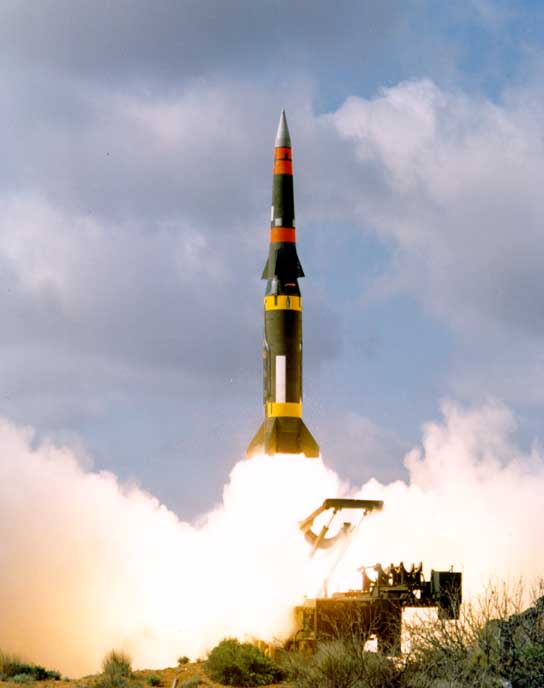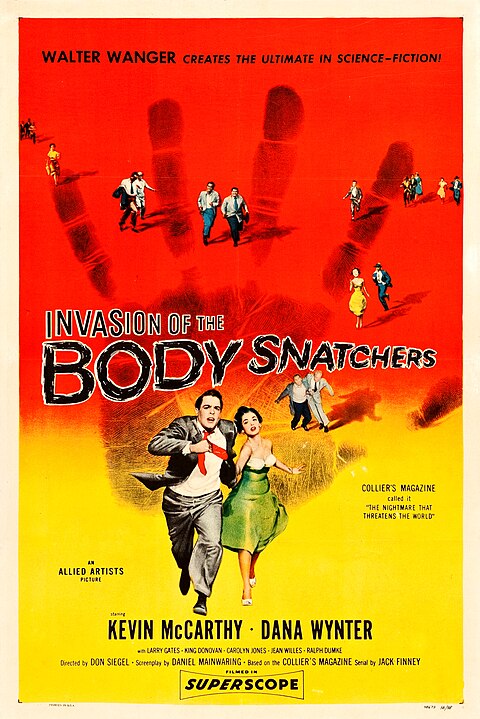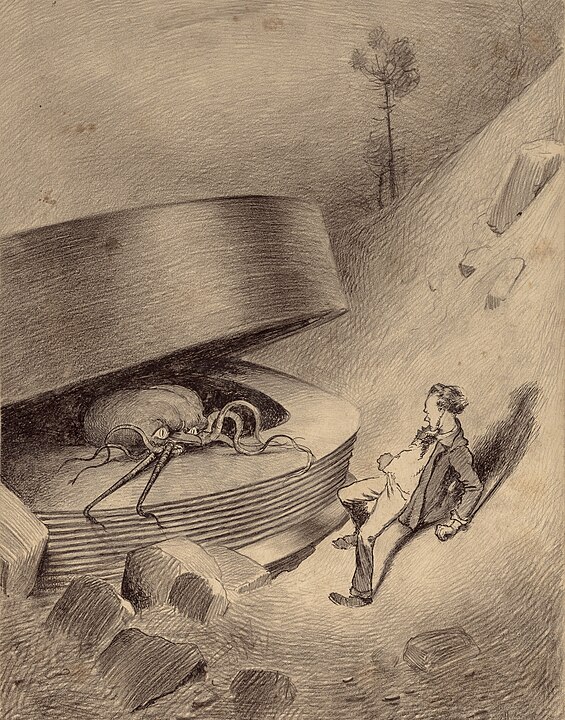You’ve probably noticed how 1950s sci-fi movies seem to scream with fear of the unknown, haven’t you? They turn Cold War jitters and atomic dread into stories of alien invasions and nuclear disasters. These films are mirrors, reflecting deep societal anxieties. They ask, “What if?” in a world teetering on the brink of self-destruction. But they’re more than just cautionary tales. They’re a peek into the psyche of an era, revealing how people coped with the fear of annihilation. Curious about what lies beneath these surface-level frights? Let’s explore how these narratives hinted at broader societal truths.
Key Takeaways
- Sci-fi films of the 1950s used aliens to symbolize Cold War fears of infiltration and the unknown.
- Atomic anxieties were depicted through narratives of nuclear fallout and mutated creatures.
- These films served as cautionary tales against unchecked scientific progress and atomic power.
- The era’s movies reflected societal paranoia, portraying both real and metaphorical monsters stemming from Cold War tensions.
- Apocalyptic and dystopian visions in these films showcased societal fears of annihilation, highlighting Earth’s fragile fate amidst atomic and extraterrestrial threats.
Cold War Anxieties Explored
The 1950s sci-fi films mirrored our deepest Cold War fears, from nuclear war to alien invasions. These movies weren’t just tales of space and unknown worlds. They were reflections of the terror that gripped society. In the heart of the Atomic Age, the threat of communism and atomic radiation loomed large. You could see it in every scene that depicted otherworldly creatures or landscapes ruined by nuclear fallout.
Films from this era didn’t shy away from showing how close humanity was to its own destruction. They played on the fear that at any moment, life as we knew it could end — either by a political ideology spreading across the globe or by atomic weapons. The Cold War era was a time of suspicion and paranoia, and these movies tapped into that. They showed invasions not just as physical battles, but as ideological ones. Could we lose ourselves to an alien ideology, much like the threat of communism?
The visual elements in these films, from the grotesque mutants caused by atomic radiation to the sleek, menacing look of spacecraft, all served to underline our anxieties. It was clear: the real monsters were our own fears brought to life on the silver screen.
Alien Encounters and Invasion
You’ve seen how 1950s sci-fi films tackled Cold War fears through alien stories. These tales mirrored cultural paranoia, showing how deeply society feared infiltration by “the other.” Let’s explore how these narratives reflected humanity’s anxieties during a time of global tension.
Cultural Paranoia Reflections
Sci-fi films of the 1950s mirrored your deepest fears through alien encounters and invasions. These stories weren’t just tales from beyond. They were reflections of your own world, steeped in atomic age anxieties. Look closer, and you’ll see your own culture’s paranoia of the Cold, vividly painted in the guise of extraterrestrial threats. These alien beings, so foreign and yet so familiar, symbolized the unknown dangers lurking just outside your grasp. Films like “Invasion of the Body Snatchers” didn’t just entertain; they echoed your collective dread. Each invasion narrative, each close encounter, served as a metaphor for the fears gripping society. In this era, science fiction films were the mirror, revealing the depths of your cultural unease.
Cold War Symbolism
Building on this reflection of cultural paranoia, it’s clear that 1950s sci-fi films often used alien encounters as powerful metaphors for the fear of Communist invasion and infiltration during the Cold War. These movies tapped into deep societal anxieties. The unknown and alien presence mirrored fears about nuclear threats and ideological warfare. Sci-fi became a stage for exploring espionage, infiltration, and ideological conflict under the guise of interstellar drama. Alien invasion narratives weren’t just tales of extraterrestrial threat; they were allegories for the creeping dread of Communist ideologies taking root in American society. The portrayal of these extraterrestrial beings captured the era’s paranoia and suspicion perfectly, making science fiction a reflective lens for Cold War symbolism and the era’s pervasive societal anxieties.
Humanity’s Collective Anxieties
Exploring alien encounters and invasions, 1950s sci-fi films tapped into society’s deepest fears of the unknown and external threats. These films of the fifties, like ‘The War of the Worlds’ and ‘Invasion of the Body Snatchers’, showed you a world where alien threats mirrored the era’s paranoia and conformity. They weren’t just about space invaders; they reflected real-world fears of communism, nuclear war, and losing one’s identity. The use of atomic energy in stories hinted at the dangers of technological advancement without control. Alien narratives served as metaphors for society’s fears, highlighting humanity’s vulnerability. Through these science fiction stories, you see a society grappling with its anxieties, using alien encounters to confront the uncertainties of the future.
Atomic Age Nightmares
You’ve seen how 1950s sci-fi movies tackled alien threats, now let’s shift gears to another dark corner: Atomic Age Nightmares. Films then painted a grim picture of nuclear fallout fears and dystopian futures. They showed us the dread of atomic power gone wrong, through stories of mutants and devastated worlds.
Nuclear Fallout Fears
In the 1950s, sci-fi films like ‘Them!’ and ‘The Beast from 20,000 Fathoms’ tapped into society’s deep fears of nuclear fallout and radiation’s aftermath. These movies showed you a world where atomic weapons released horrors beyond comprehension. You saw mutated creatures that symbolized the unpredictable terror of radiation. This wasn’t just fiction; it was a mirror to your anxieties during the Cold War era.
Consider these elements:
- Nuclear Fallout: The haunting images of desolate, irradiated landscapes.
- Radiation: The unseen, unfelt, yet deadly force.
- Mutated Creatures: Nature twisted into frightening forms, a direct result of human folly with atomic science.
Each element served as a stark reminder of the potential consequences of nuclear power gone awry, urging you to heed the cautionary tales of 1950s sci-fi.
Sci-Fi Dystopian Visions
Building on the theme of nuclear fallout fears, 1950s sci-fi also painted vivid pictures of dystopian futures shaped by atomic age nightmares. These films showed you worlds ravaged by nuclear holocaust. They warned of alien invasion. They depicted mutated creatures roaming a broken Earth. This wasn’t just fantasy. It was society’s anxiety, its Cold War paranoia, made visible on screen. Films of the era reflected deep fears about atomic science. They showed science as a double-edged sword: both threatening and potentially saving. You watched as characters navigated these terrifying new landscapes, battling not just monsters, but their own despair. Through these stories, 1950s sci-fi held up a mirror to the world, revealing the era’s deepest fears about a future shaped by atomic age nightmares.
Metamorphosis and Mutation
Metamorphosis and mutation in 1950s sci-fi films often symbolize your deepest fears of the unknown and atomic radiation’s aftermath. These movies show you a world where scientific experimentation has unforeseen consequences, morphing the familiar into the terrifying. They tap into societal concerns about what lies beyond the reach of human understanding.
Consider these elements:
- Mutation reflects your anxiety about atomic radiation, a silent, invisible threat that transforms the natural order into something monstrous.
- Metamorphosis serves as a stark metaphor for the rapid technological advancements you can’t control, leading to outcomes no one can predict.
- Scientific experimentation isn’t just about pushing boundaries; it’s a Pandora’s box, hinting at the dangers lurking when humanity’s reach exceeds its grasp.
These films aren’t just entertainment; they’re a mirror to your collective psyche during the 1950s. They explore the dark side of progress, where atomic power and scientific curiosity could potentially mutate the world as you know it. And at the heart of these stories lies a warning: the pursuit of knowledge and power without foresight can lead to catastrophic transformations that echo your deepest fears.
Apocalyptic Visions and Earth’s Fate
As 1950s sci-fi films often showcased, your world teetered on the brink of nuclear doom, reflecting deep-seated societal fears. These movies painted vivid pictures of apocalyptic scenarios. You saw cities reduced to rubble, societies crumbling under the weight of atomic destruction. It wasn’t just fiction; it was a mirror to your Cold War anxieties.
Alien invasion plots thickened the dread. Extraterrestrial forces, often armed with technology far beyond human understanding, symbolized unknown threats. These stories weren’t just about outer space. They voiced fears of the outsider, the unseen enemy that could strike at any moment. It was your societal fears, projected onto the big screen.
The possibility of technology’s dark side was a recurring theme. Films explored how atomic energy, though promising, could spell disaster for humanity. You were shown a world where scientific progress might lead to your undoing. Earth’s fate hung in balance, teetering between advancement and annihilation.
These cinematic tales were more than entertainment. They were reflections, warnings even, of the potential apocalyptic outcomes of unchecked scientific advancements and alien intervention. You were reminded, through reels of film, of the fragile line between progress and catastrophe.
Reflecting Societal Paranoia
Reflecting your deepest fears, 1950s sci-fi films tapped into the era’s paranoia like a mirror to society’s anxieties. They showed not just monsters from space, but the very real dread of atomic anxieties, Cold War paranoia, and nuclear fears. These films weren’t just tales of adventure and exploration; they were a reflection of the societal paranoia gripping everyone’s hearts.
Consider these elements:
- Atomic Anxieties: The bomb wasn’t just a weapon; it was a symbol of ultimate fear, changing not just landscapes but the very fabric of society.
- Cold War Paranoia: Every shadow could be an enemy, every new invention a tool for destruction. The fear wasn’t just of what was known, but of the endless possibilities of betrayal and annihilation.
- Societal Anxieties: Beyond the bombs and espionage, there was a deeper dread of what these advancements meant for humanity. Were we outpacing our own morality?
In these films, the portrayal of aliens and atomic science wasn’t just for entertainment. It was a canvas, painting a vivid picture of societal paranoia. Every alien invasion echoed nuclear fears, and every technological marvel held a dark reflection of the uncertainties that plagued every mind.
Frequently Asked Questions
How Did 1950S Science Fiction Films Reflect the Worries of the Time Period?
They used alien invasions and nuclear threats as metaphors for real dangers, like the Cold War, mirroring societal anxieties with every mutant and spaceship.
What Did Many 1950S Science Fiction Films Drew on the Fear Of?
Many 1950s sci-fi films drew on the fear of atomic radiation and its aftermath. They reflected deep anxieties about technology’s unintended consequences, including alien invasions, showcasing societal worries about losing control over advancing technologies.
In What Ways Did Monster and Other Movies of the 1950S Reflect Every Day Cold War Fears?
You’ve seen how ’50s movies used monsters to show Cold War scares. They turned fears of invasion and nukes into alien attacks and mutations, mirroring real anxieties about enemies and science going wrong.
What Themes Dominate Science Fiction Films of the 1950s?
You’re diving into 1950s sci-fi films, where fear of tech and its aftermath rules. Themes of alien invasions and atomic effects dominate, showing a struggle with advancing technology and its uncontrollable consequences. It’s a wild ride!
Conclusion
You’ve seen how ’50s sci-fi movies captured Cold War fears. Aliens invading and atomic horrors weren’t just tales; they mirrored real dread. Films showed us monsters, but the true monster was human-made fear. Mutations and apocalyptic ruins served as warnings. As society trembled, cinema held up a mirror. You’re reminded that these stories weren’t just fantasy. They reflected deep anxieties about our world’s fate and the dark side of progress. Remember, what scares us often reveals the most.





